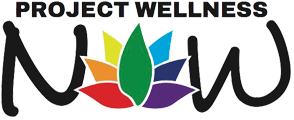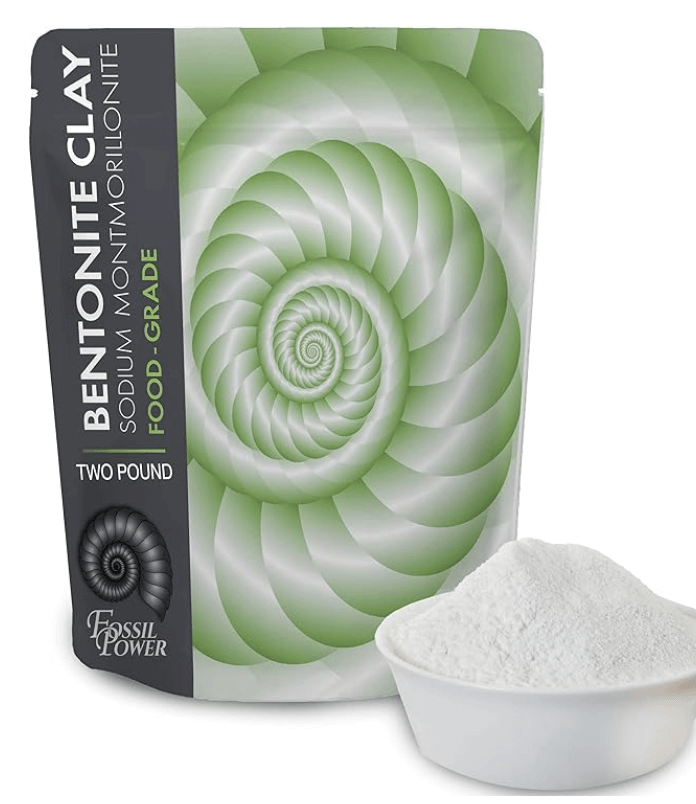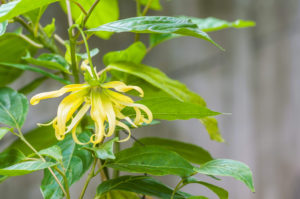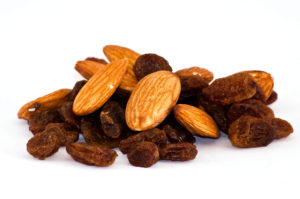An entirely natural substance is rapidly gaining popularity in the United States and Europe as a valuable resource for detoxifying the body from some of the countless toxins that people come into contact with each and every day. It is known as Bentonite Clay.
Clay has been employed throughout the world for centuries in locations such as Australia and Central Africa, where it is valued for its detoxifying capacities.

Healing clay is mined from the ash of volcanoes and is found in abundance in Fort Benton, Wyoming in the Great Plains region – hence the name Bentonite Clay. Another area where this volcanic ash occurs is Montmorillion, a region in France. Some forms of volcanic clays are referred to as Montmorillonite Clay. While ascertained in different regions, the two terms are oftentimes used interchangeably.
Toxins are ever-present in the modern environment of western society, even if measures are taken to minimize exposure. Everyday products such as art supplies, cleaning products, pesticides, processed foods, and building materials can all contain toxins that are either ingested or inhaled. Heavy metals such as lead, mercury, and cadmium are frequently found in seafood and processed food and can build up in the body and eventually lead to inflammation and a range of health problems. Bentonite clay consists of negatively charged electrons, and because most heavy metals and toxins consist of positive electrons when ingested the clay acts as a magnet and binds to the toxins in the body and carries them out of the body through natural elimination pathways

Bentonite clay is a potent source of various minerals, including magnesium, sodium, copper, iron, calcium, and potassium. The clay varies in its composition of each of these elements and is often classified based on the primary element found within the clay. For example, Sodium Bentonite and Calcium Bentonite are two varieties of Bentonite Clay that are characterized based on their principal mineral. Depending on the nutrient deficiencies of the user, one type may prove more beneficial than another. While some are concerned about the aluminum content in many varieties of bentonite clay, aluminum has been shown to exit the body along with the rest of the absorbed toxins.
Bentonite clay has been used successfully by many, either internally or externally, and has been associated with the following benefits:
– Quickly helps with intestinal sensitivity and diarrhea by binding to irritants present in the intestinal tract and helping eliminate them, while simultaneously helping to bind loose stools.
– Naturally soothes skin conditions such as eczema. Clay has the ability to bind to bacteria living on the skin’s surface, which helps to calm inflammation and speed wound recovery.
– Natural antibacterial treatment for viruses and bacterial infections.
– Protects and strengthens the gut wall, eliminating the number of toxins, bacteria, and chemicals that leach into the bloodstream. In one study in 1998, Bentonite Clay proved to be a successful treatment option for animals with rotavirus and coronavirus.
– Alkalizes the body by providing minerals that help to balance pH levels.
– A gentle treatment for nausea, vomiting, and food poisoning by quickly neutralizing the bacteria that is causing distress.
– Draws toxins from the skin, one of the body’s prime elimination pathways, when used in the bathtub.
– Oxygenates cells by removing excess hydrogen, leaving more room for oxygen, which increases energy and improves immune function.
– Helps purify water by removing some of the fluoride and heavy metals that are present in drinking water. When combined with magnesium, Bentonite Clay is proving to be a promising and affordable water-purification method. Additional research is needed.
– Improves oral health by removing toxins and bacteria when used in a natural toothpaste or in a mouthwash when mixed with water.
HOW TO TAKE THE BENTONITE
It is advised that bentonite clay is consumed on an empty stomach, or at least 1 hour before or 2 hours after meals. It typically comes as a thick grey paste, but it also comes encapsulated, as well as in powder form.
YOU MAY ALSO LIKE:
HOW TO USE BREATHING TECHNIQUES TO IMPROVE YOUR RUN
By Kevin Jones There are so many benefits to running, from better cardiovascular health to improved brain health. But if you…
ARE YOU LIVING ABUNDANTLY?
Christmas can be a time of celebration or a time of feeling emptiness. Emptiness – because we feel alone, or because…
FIVE TIBETAN RITES DEMONSTRATION
The Five Tibetan Rites are also known as The Five Tibetans, The Five Rites, or The Five Rites of Rejuvenation. The…
YLANG-YLANG – THE QUEEN OF ESSENTIAL OILS
As frankincense is the King of Essential Oils, ylang-ylang is the Queen. Ylang-ylang oil is extracted from the flowers of a…
THERE IS A 100% TOXIN-FREE WAY TO DYE YOUR HAIR
Much to their collective horror, women are learning about the dangers of toxins in their beauty supplies. Thanks to organizations like the…
ALMONDS – NUTRITION BREAKDOWN
Almond trees are native to the Middle East and South Asia. Thanks to their rich nutrient content almonds made the list…








